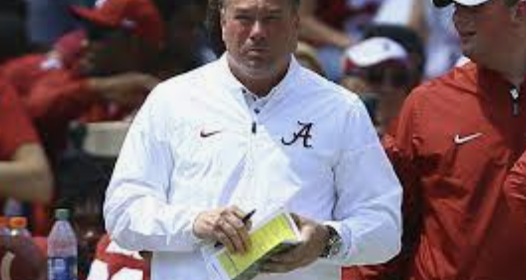NIL isn’t ruining college football: It’s the analysts

There are a lot of people who hate NIL.
They hate the thought of players ‘getting theirs’.
They hate the thought that players aren’t going to college just for the education, but actually as a stepping stone into the NFL.
“The players should stay loyal to us!”, they say, adding: “They should also play in the bowl games, too!”.
For me, NIL isn’t ruining college football. The bigger schools ALWAYS had boosters who would do this kind of stuff. And boosters who want to be more associated with a bunch of 18-21 year olds because it looks good for them to say: “I give money to Alabama”, and perhaps they can now declare the NIL money as a tax write-off, too, if they donate to the school’s NIL slush-fund.
The issue is analysts.
The NCAA right now limits a school to 10 analysts. Ten. But although an analyst isn’t allowed to coach a player, he is allowed to add “words of encouragement”. And unless the NCAA are acting like the FBI trying to destroy the Mafia and wiring every gym and practice arena in the country, no-one can be caught, and no-one’s going to throw anyone under the bus.
So who are the analysts?
Generally, it’s former head coaches, defensive Coordinators and offensive coordinators, and guys looking to get back into or get into the college football world. Their job is analysing film on both sides of the ball putting together schemes, letting the DC and OC focus on their recruiting and on-the-job coaching.
And when it comes to the transfer portal, they can look at what players might be suited to a certain team because their ability to break down film at speed, then teams can put in their offers at speed (the prospect of more NIL money helps, too!).
The schools pay for this stuff, too. According to a report by Ross Dellenger of the Advocate in 2018, LSU paid its analysts nearly $600,000 to ‘whisper encouragement’ to players. That was in 2018. Imagine how much LSU are dropping on analysts NOW.
So here’s the deal: Why can’t there be a limit of FIVE analysts?
It means that there’s a trickle-down effect, and schools lower down the food chain can get better talent, which means the local DC and OC isn’t so stretched out.
And although the always-widening pool might be small, it might mean better news for the schools fighting to get any airtime on the whirring radio that is College Football.
